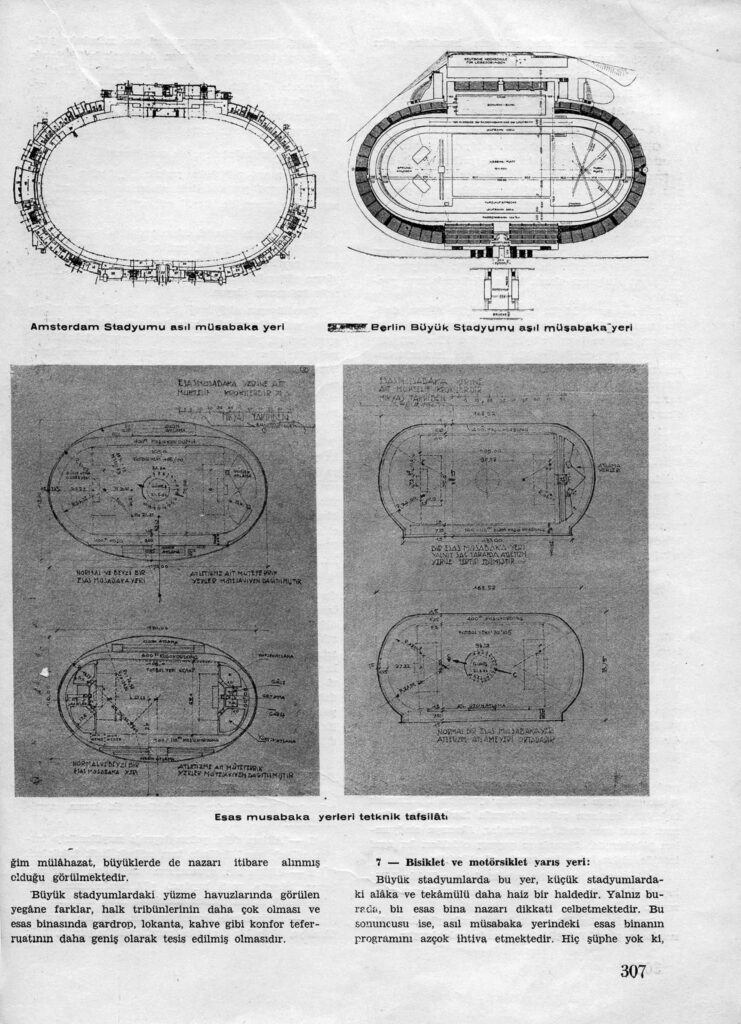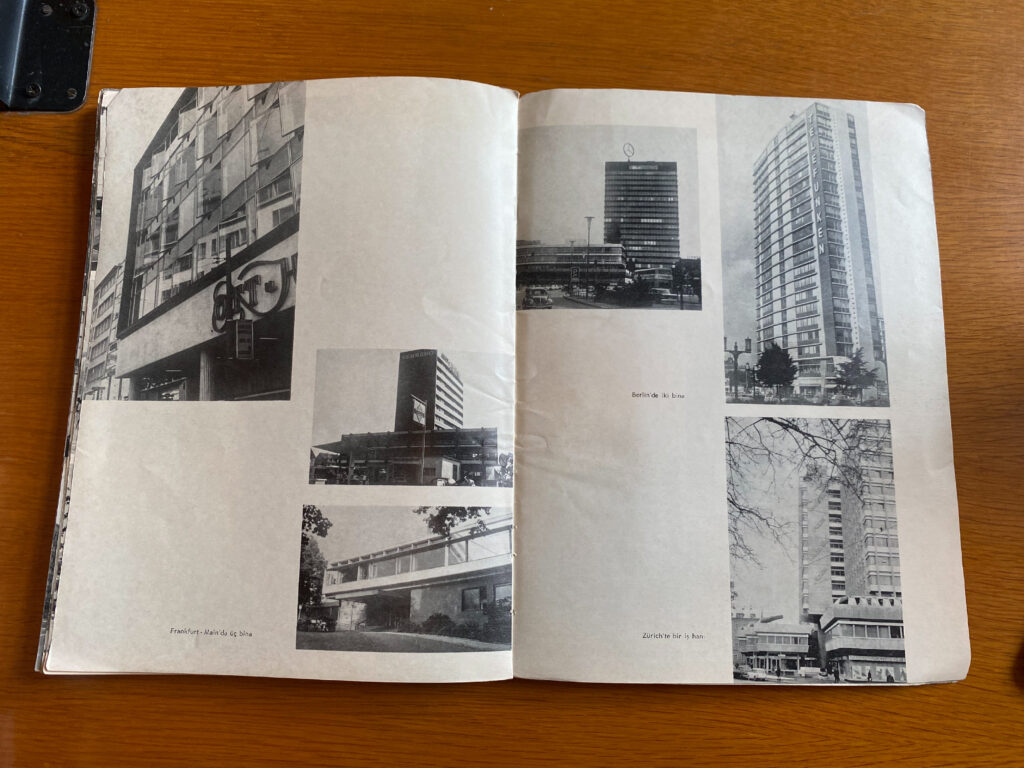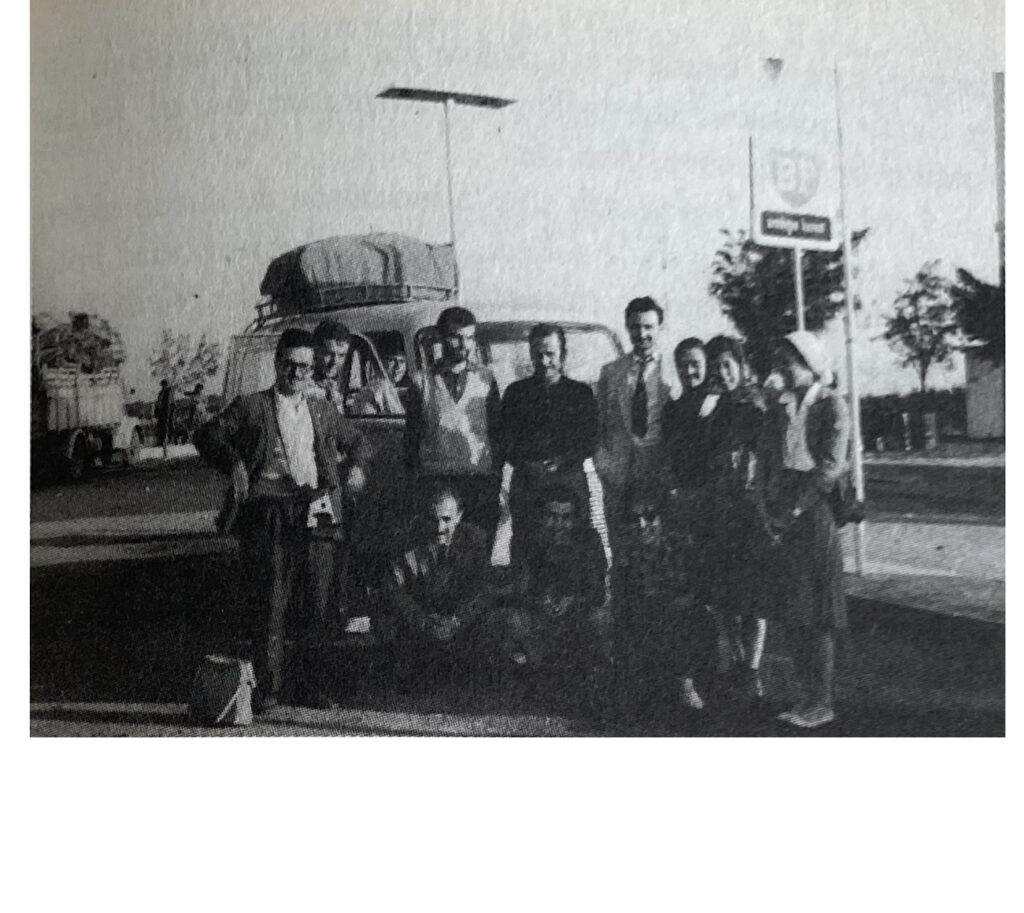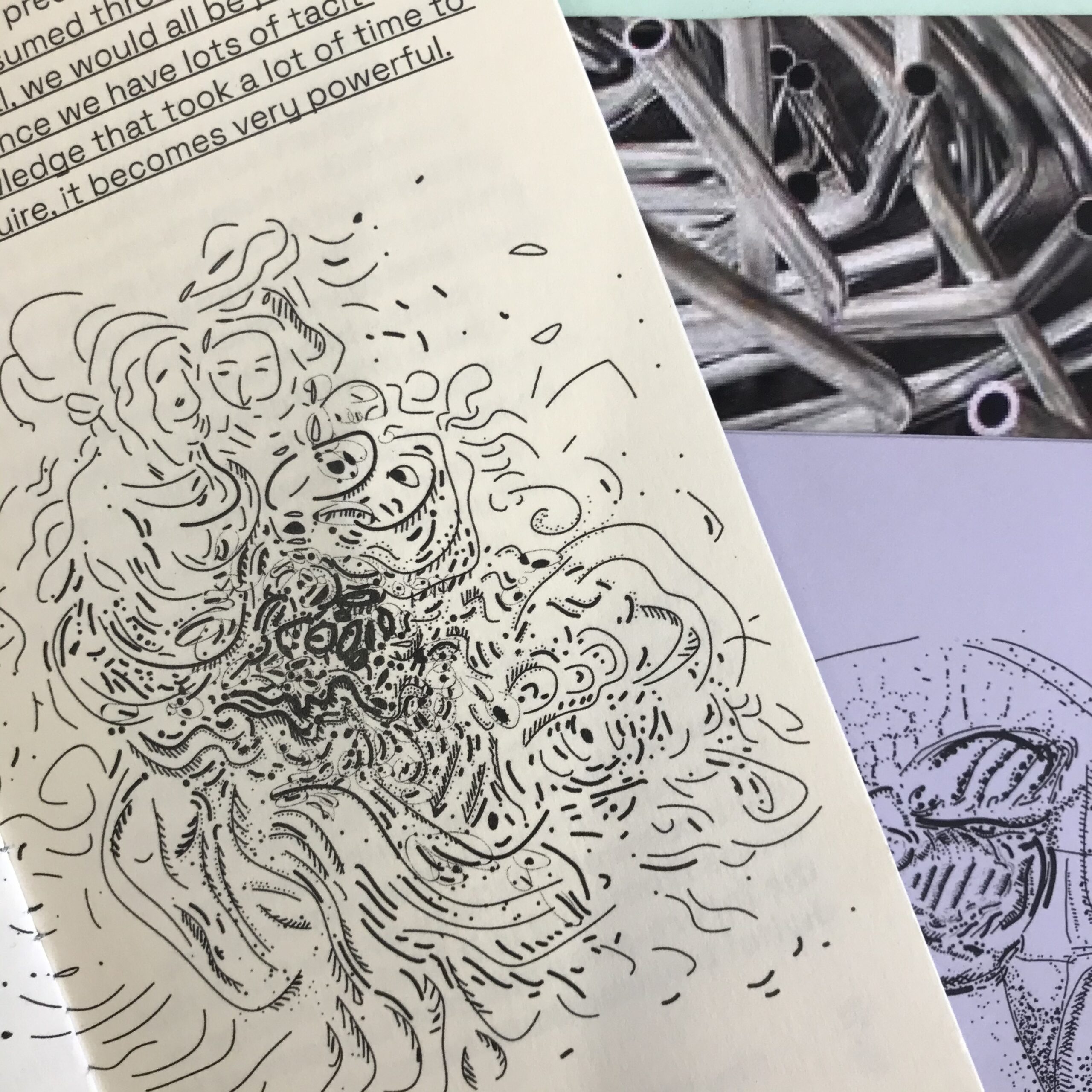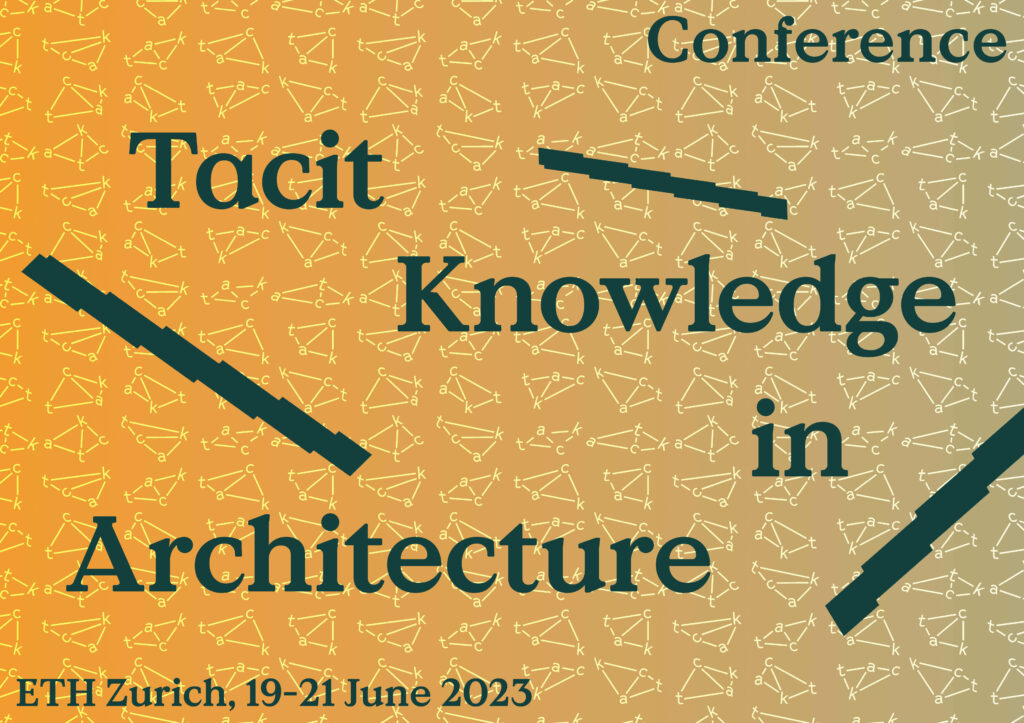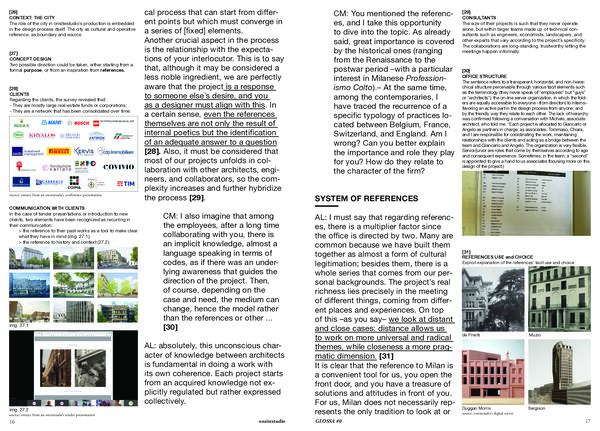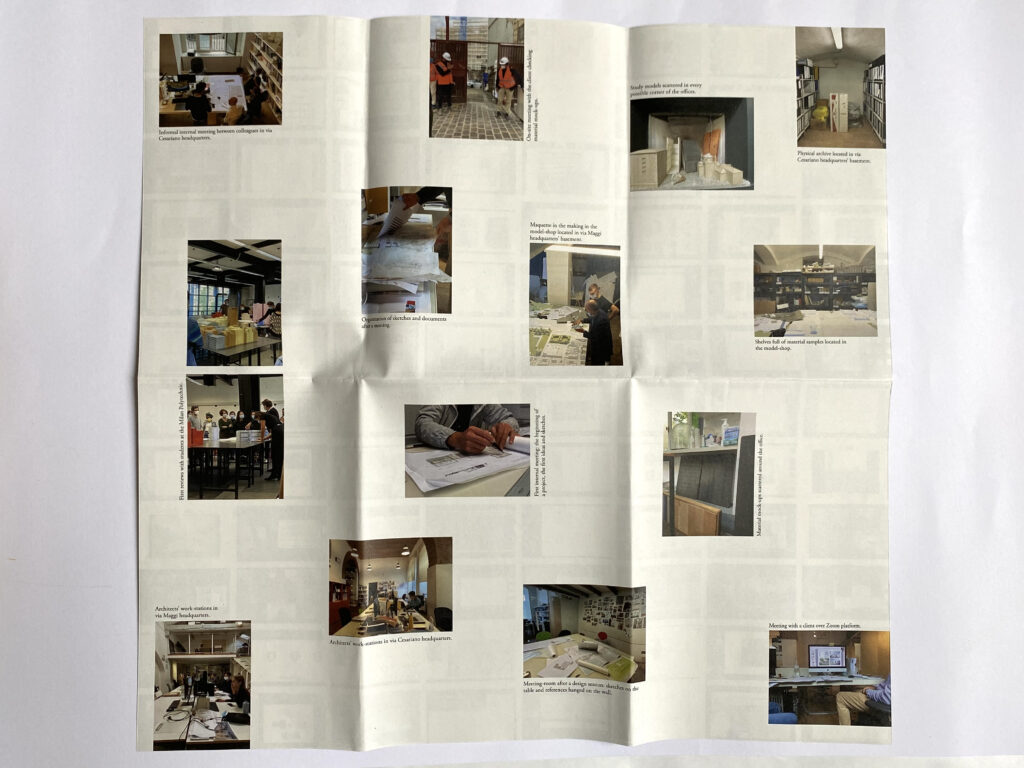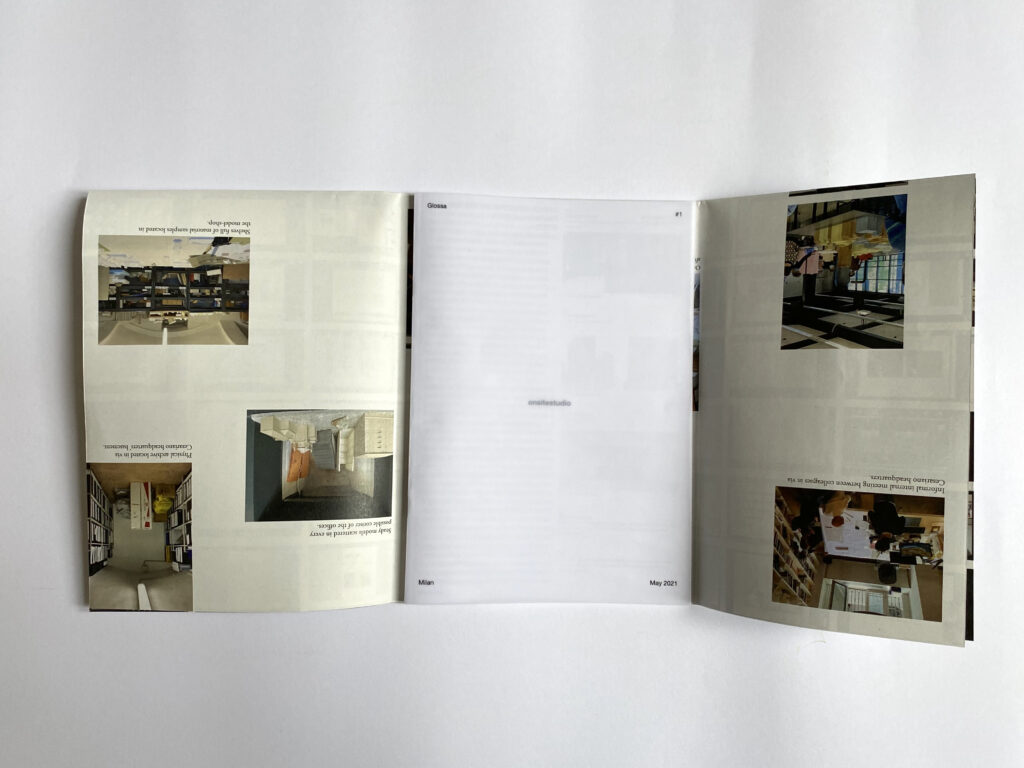Video
Website
On the TACK Publishing Platform
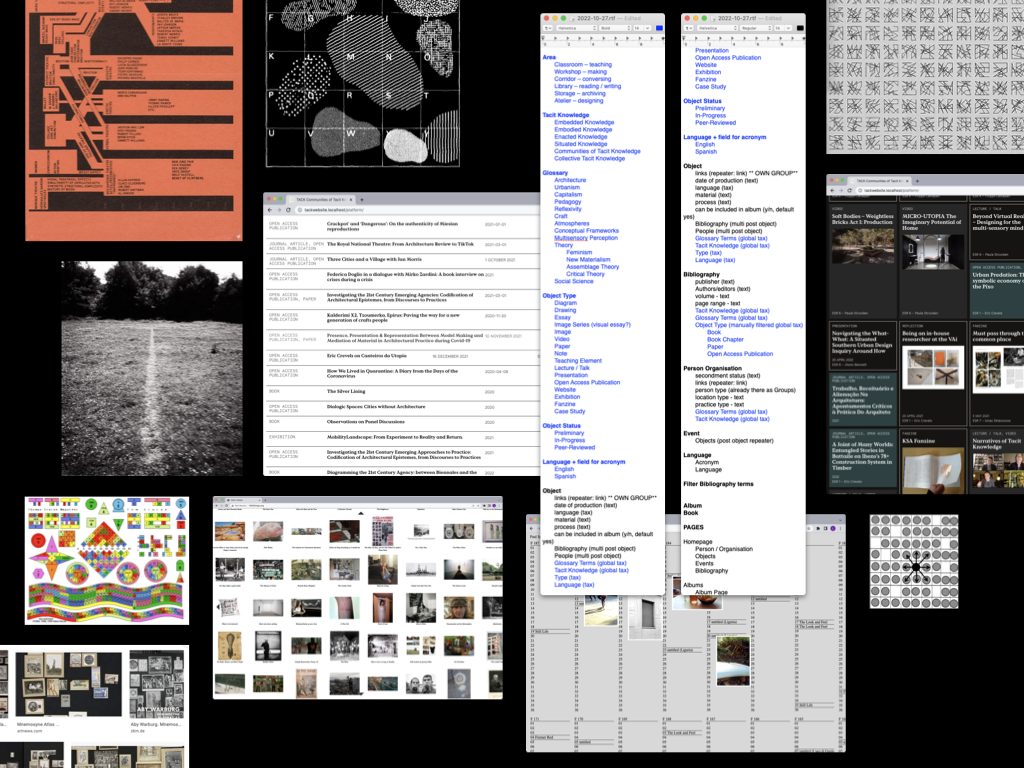
© Rectangle
Lizzie Malcolm, the designer of the TACK Publishing Platform presented at the TACK Conference on 21 June 2023 its features and usage.
Lizzie Malcolm
Video
Website
View
On the TACK Publishing Platform
Lizzie Malcolm

© Rectangle
Lizzie Malcolm, the designer of the TACK Publishing Platform presented at the TACK Conference on 21 June 2023 its features and usage.


